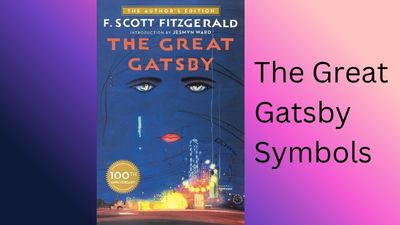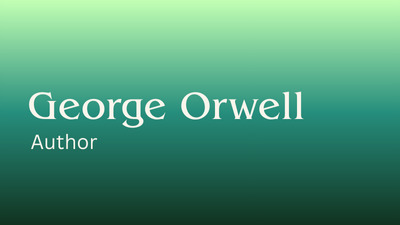Symbolism is a powerful literary device used to convey deeper meanings through objects, colors, or settings. In F. Scott Fitzgerald’s The Great Gatsby, symbolism plays a central role in expressing themes like the American Dream, social decay, illusion, and identity. This article explores the major symbols in the The Great Gatsby, breaking down what they represent and how they connect to the story’s core messages. For a better understanding of the characters behind these symbols, you might also explore our guide to key characters in The Great Gatsby.
The Green Light
The green light at the end of Daisy’s dock is one of the most iconic symbols in American literature. For Gatsby, it represents his dream of reuniting with Daisy and achieving the ideal future. More broadly, it symbolizes the unreachable American Dream — always in sight but forever out of reach. Its fading significance over time mirrors Gatsby’s gradual realization that the dream is an illusion. You can see how this plays out in our chapter-wise summary of The Great Gatsby.
The Eyes of Doctor T. J. Eckleburg
This decaying billboard shows a pair of giant, bespectacled eyes watching over the Valley of Ashes. These eyes symbolize the loss of spiritual values in a materialistic society and are often interpreted as a stand-in for God or an all-seeing moral force. They serve as a haunting reminder of society’s neglect of ethics and the emptiness behind the facade of wealth.
The Valley of Ashes
This desolate area between West Egg and New York City represents the moral and social decay resulting from the pursuit of wealth. It is a wasteland where the working class struggles while the rich remain detached and indifferent. The Valley highlights the novel’s critique of the American Dream and its failure to provide equal opportunity. For a deeper look into the novel’s social commentary, explore how this place contrasts with Gatsby’s glittering world in our symbolism guide.
Gatsby’s Mansion
Gatsby’s lavish home is a symbol of his attempt to recreate the past and impress Daisy. Though outwardly grand, the mansion feels empty and artificial — much like Gatsby’s persona. It represents both the success and hollowness of wealth when it is not grounded in genuine human connection.
The Color Yellow/Gold
Throughout the novel, yellow and gold are used to represent wealth and extravagance. Gatsby’s car, clothing, and parties are filled with yellow hues, symbolizing his desire to project affluence. However, these colors also reflect superficiality and moral corruption, contrasting with the idea of authentic success.
East Egg vs. West Egg
These fictional settings symbolize the divide between old money and new money. East Egg represents inherited wealth, sophistication, and traditional social status, while West Egg is associated with self-made fortunes and flamboyant displays. The divide reflects class tensions and the rigid structure of American society.
Daisy’s Voice
Nick describes Daisy’s voice as “full of money,” symbolizing her deep connection to wealth and status. Her voice captivates Gatsby, but it ultimately reveals her shallow priorities. It symbolizes the seductive but hollow nature of materialism.
FAQs of Symbols in The Great Gatsby
What does the green light symbolize in The Great Gatsby?
It represents Gatsby’s dream and the broader idea of the unattainable American Dream.
Why are the eyes of Doctor T. J. Eckleburg important?
They symbolize the loss of moral oversight in a world consumed by greed and materialism.
What is the meaning of the Valley of Ashes?
It represents social decay and the broken promises of the American Dream.
Why is color symbolism important in the novel?
Colors like green, gold, and yellow highlight themes of illusion, wealth, and decay.
How do East Egg and West Egg differ symbolically?
They represent the divide between inherited wealth (East Egg) and new money (West Egg), showcasing class tension in the novel.


